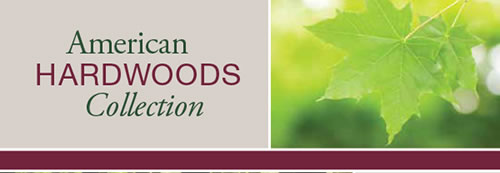Architects, designers, and homeowners are always finding fresh ways to use hardwood. What’s the appeal? Flexibility and variety, for starters! Here’s a look at what’s trending.
Underfoot – No recent trend has been more influential than the use of wide-plank hardwood flooring. Today’s homeowners love it and often ask for widths between 5-7 inches, and wider. According to Melissa Morgan of M Interiors in San Antonio, Texas, “Wider floorboards can make a space look larger and more modern. And with fewer seams, these floors can be treated like a canvas: ebonized oak or walnut for a sleek, dark look; light woods like ash or maple for a chic, urban vibe; weathered-gray tones for a slightly rustic affect—the possibilities are endless.”
Overhead – Hardwood planks are appearing on residential ceilings, too, adding visual interest and personality. Rebecca Ascher, Ascher Davis Architects in New York and Newport, Rhode Island is all for it. “For a more assertive affect,” she says, “I might specify tongue-and-groove walnut or hickory, characterful woods that provide a degree of drama. For that reason, they’re best reserved for large, high-ceilinged rooms that are not easily overwhelmed. In smaller, lower spaces, a ceiling with too much personality can feel oppressive.”
The ‘distressed’ Look – For the look of weather-beaten rustic and elegantly timeworn, homeowners are turning to manufacturers for distressed hardwoods—new product to which scrapes, nail holes, notches, saw marks, and other signs of wear and tear have been carefully applied, often by hand. It’s a distinctive look that offers a wide range of aesthetics. Anything from the burnished walnut floorboards of an 18th century salon to the rugged oak-plank siding of a 19th century Pennsylvania barn!
For more about residential design trends and other applications and products using American hardwoods, visit www.HardwoodInfo.com.


